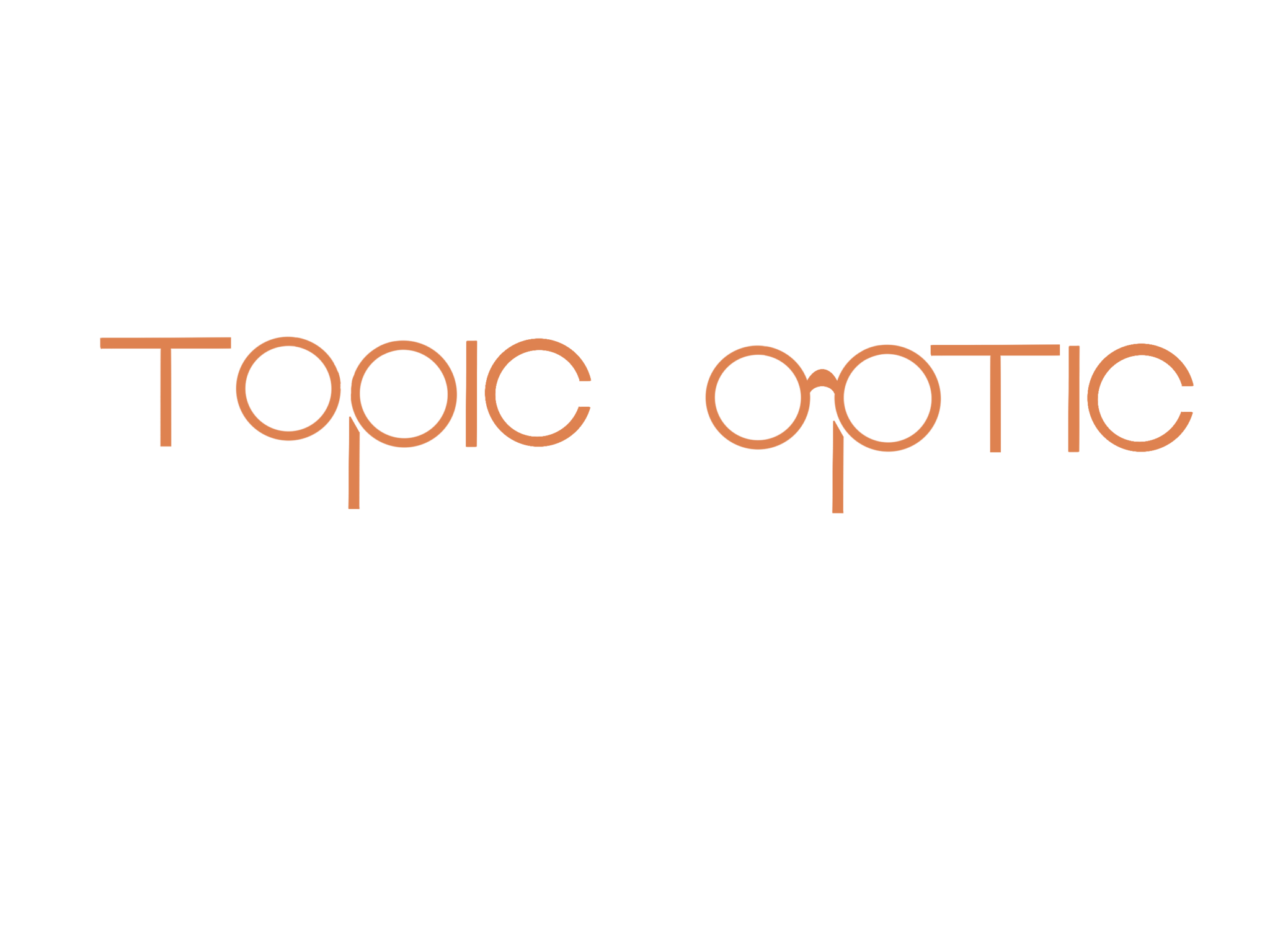Presbyopia
What Is Presbyopia?
Presbyopia is a common condition associated with aging of the eye that results in the gradual loss of the eye’s ability to focus on close objects. It is a natural part of the aging process and usually becomes noticeable in the early to mid-40s and continues to worsen until around age 65.
Symptoms of Presbyopia:
The signs and symptoms of presbyopia typically include:
- Difficulty reading small print, particularly in low light
- The need to hold reading material farther away to see it clearly
- Blurred vision at a normal reading distance
- Eye strain or headaches after reading or doing close work
Treatment for Presbyopia:
Presbyopia can be treated in various ways, depending on the individual’s overall vision needs and preferences. Treatment options include:
- Reading Glasses: These are a common and simple choice for people with otherwise good vision.
- Bifocals, Trifocals, or Progressive Lenses: For those who already wear prescription lenses, these options can provide a solution for both distance and near vision correction.
- Contact Lenses: Bifocal and multifocal contact lenses are available, as well as a monovision contact lens strategy, where one lens is used for distance and the other for near vision.
- Surgical Options: Procedures like monovision LASIK, conductive keratoplasty (CK), and lens implants may also be considered.
Prevention of Presbyopia:
Since presbyopia is a natural part of the aging process, it cannot be prevented. However, protecting your eyes from ultraviolet light, maintaining a healthy lifestyle, and having regular eye exams can help maintain overall eye health and catch any changes in vision early.
Please note that this information is provided for informational purposes only and should not substitute professional medical advice. If you suspect you have any eye-related concerns, it is important to consult with an eye care professional for a proper evaluation and personalized recommendations.
